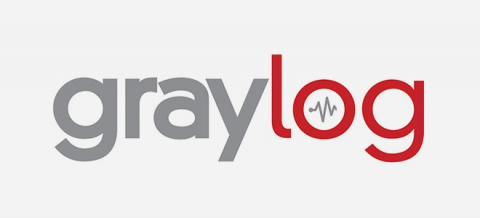Implementing Geolocation with Graylog Pipelines
Geolocation can be automatically built into the Graylog platform by using the "GeoIP Resolver" plugin with a MaxMind database. However, you can further improve your ability to extract meaningful and useful data by leveraging the functionality of pipelines and lookup tables. In fact, these powerful features allow you to do much more than the basic plugin.






